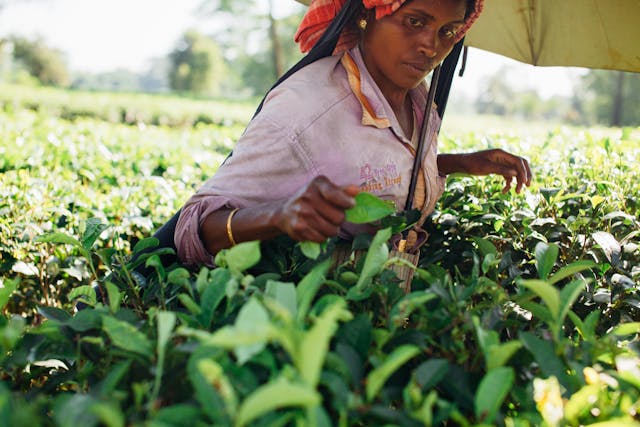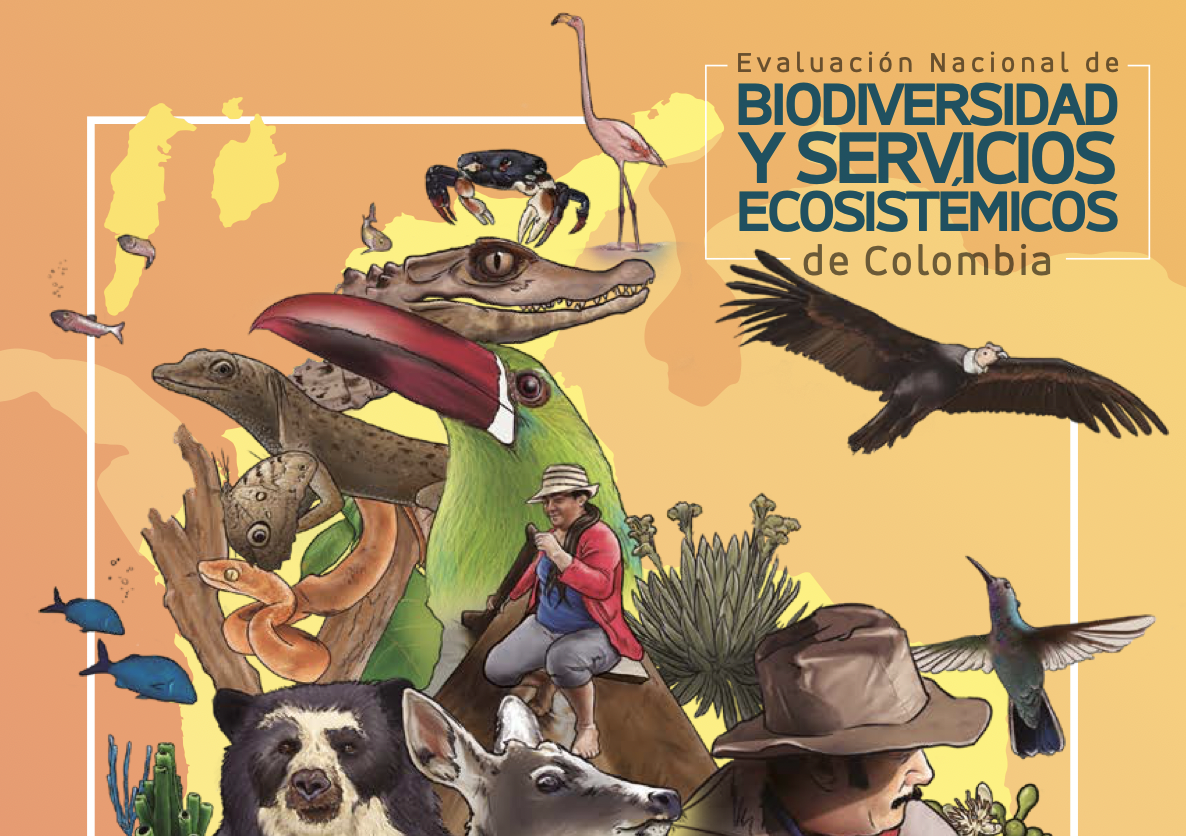The practice of ecological restoration is a primary option for increasing levels of biodiversity by modifying human-altered ecosystems. The scientific discipline of restoration ecology provides conceptual guidance and tests of restoration strategies, with the ultimate goal of predictive landscape restoration. I construct a conceptual model for restoration of biodiversity, based on site-level (e.g., biotic and abiotic) conditions, landscape (e.g, interpatch connectivity and patch geometry), and historical factors (e.g., species arrival order and land-use legacies). I then ask how well restoration ecology has addressed the various components of this model. During the past decade, restoration research has focused largely on how the restoration of site-level factors promotes species diversity–primarily of plants. Relatively little attention has been paid to how landscape or historical factors interplay with restoration, how restoration influences functional and genetic components of biodiversity, or how a suite of less-studied taxa might be restored. I suggest that the high level of variation seen in restoration outcomes might be explained, at least in part, by the contingencies placed on site-level restoration by landscape and historical factors and then present a number of avenues for future research to address these often ignored linkages in the biodiversity restoration model. Such work will require carefully conducted restoration experiments set across multiple sites and many years. It is my hope that by considering how space and time influence restoration, we might move restoration ecology in a direction of stronger prediction, conducted across landscapes, thus providing feasible restoration strategies that work at scales over which biodiversity conservation occurs.
The restoration of biodiversity: Where has research been and where does it need to go?
Year: 2010

































































































































































































































































































































































































































































































































































































































































































































































































































































































































































































































